Best of The Brink 2022: 10 Amazing Discoveries and Mind-Blowing Facts
From what memories look like to how Boston’s “Ice King” made his fortune, another year of awe-inspiring—and surprising—revelations from Boston University research

Image by inkoly/iStock
Best of The Brink 2022: 10 Amazing Discoveries and Mind-Blowing Facts
From what memories look like to how Boston’s “Ice King” made his fortune, another year of awe-inspiring—and surprising—revelations from Boston University research
Over its 183 years, Boston University has helped pioneer a staggering number of scientific and scholarly breakthroughs. From the telephone in 1876 to a bionic pancreas some 140 years later, its researchers have a long and storied history as prolific inventors, designers, authors, and innovators. BU scientists and scholars are on track to produce more than 6,500 publications in 2022 alone, whether academic journal articles or best-selling books—not to mention those who filed patents and launched spin-off companies.
At The Brink, BU’s research news site, we bring you a small slice of that work, showcasing some of the University’s latest contributions to improving our understanding of the world—and making it better for all of us. As 2022 draws to a close, we’re sharing 10 of our favorite facts and discoveries from another remarkable year of BU research stories.
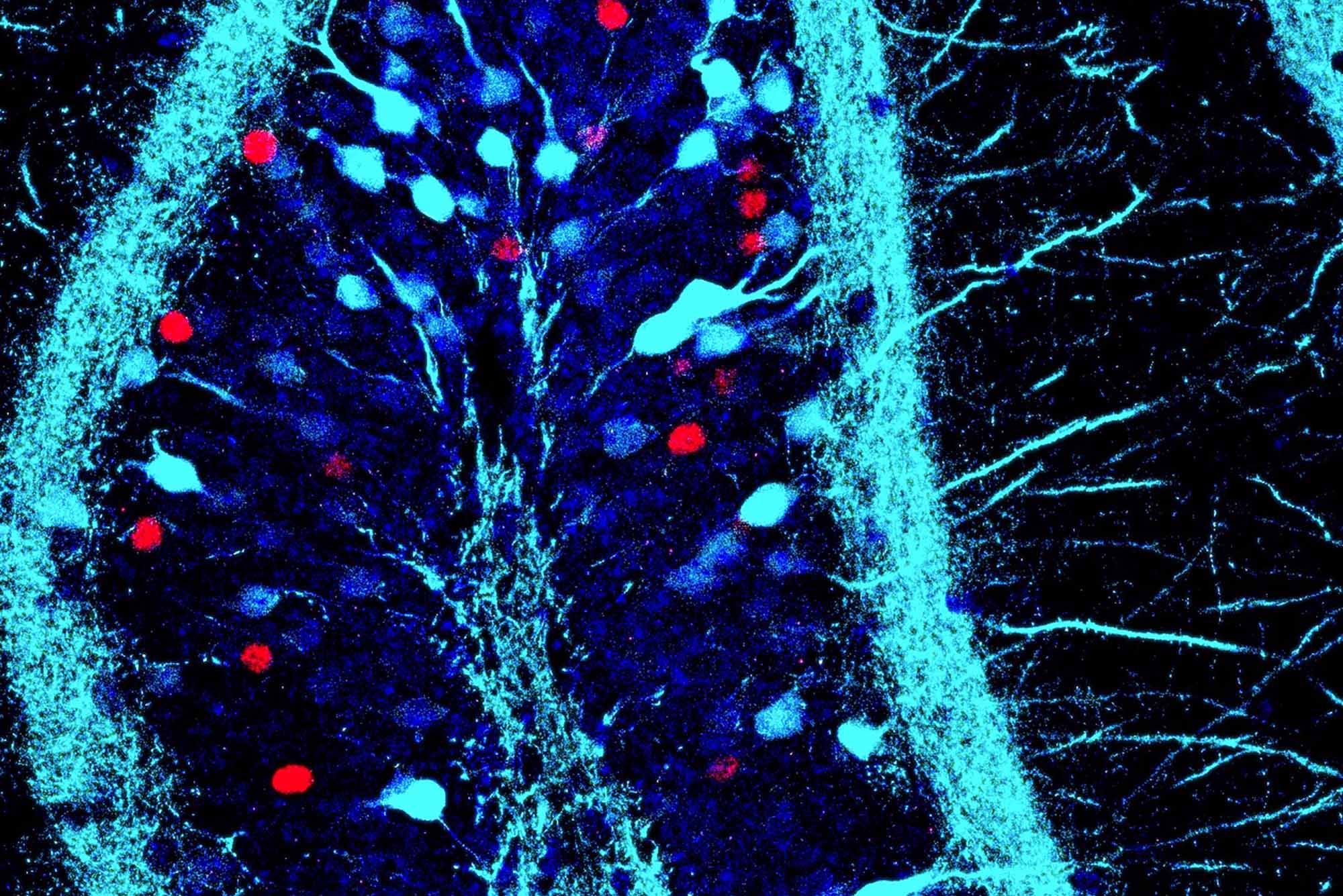
1
Neuroscientists can now watch a memory firing, pinpoint where it lives in the brain—and even tell if it’s a good or bad one. In the Ramirez Lab, researchers found that emotional memories are physically distinct from other types of brain cells—and distinct from each other. Positive and negative memories are stored in different parts of the hippocampus, communicate differently, and have distinct molecular machinery. The lab’s team also discovered it’s possible to rewrite negative memories by artificially activating happier ones. They hope their work will eventually lay the foundations for new treatments for mental health disorders like depression and post-traumatic stress disorder.
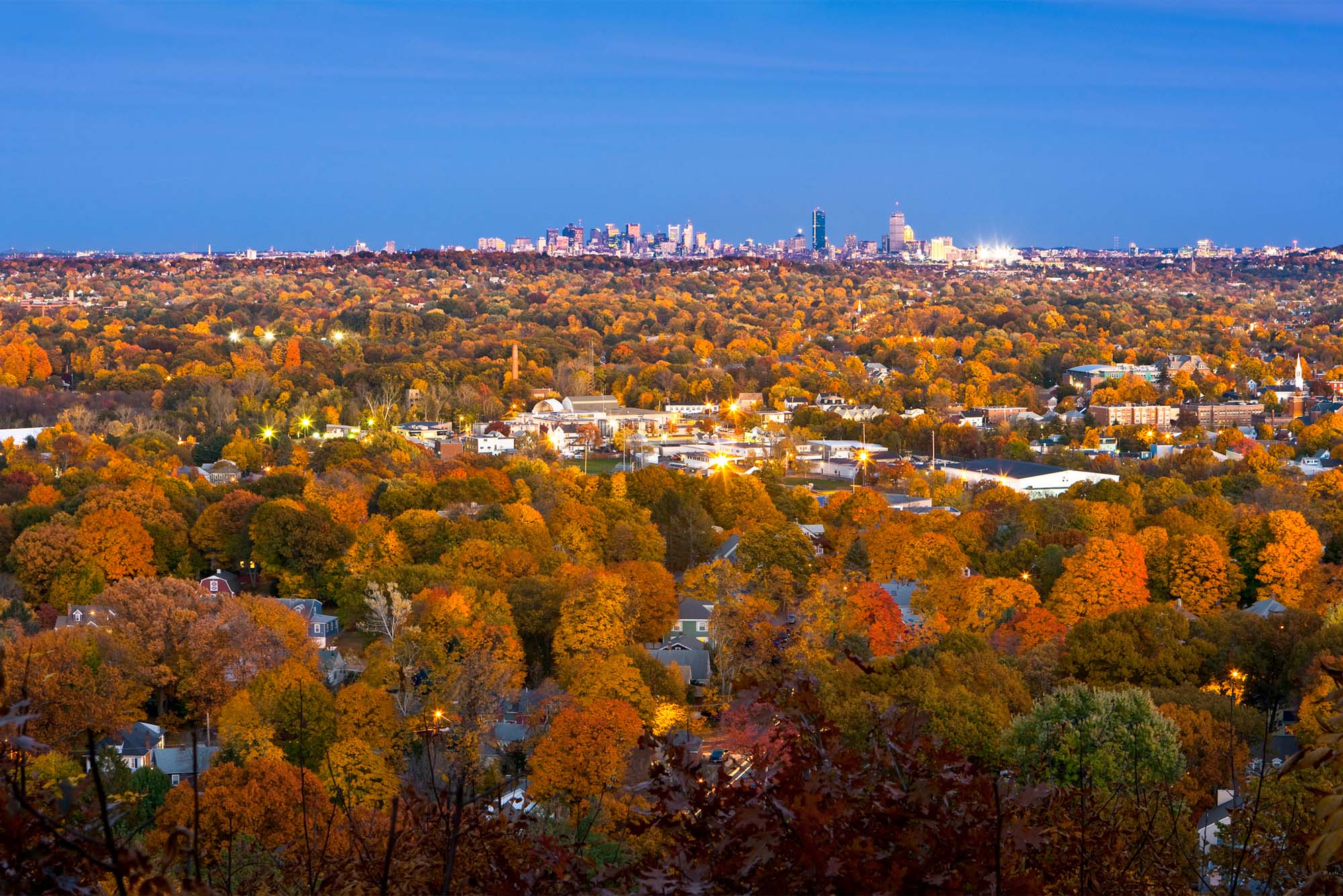
2
With sidewalks cramping them and cars throwing fumes their way, you’d imagine trees at the outskirts of forests would have a tough time. But BU researchers found edge trees grow twice as fast as those tucked away deep in the woods—likely because they get more light. The good news for us? The bigger a tree gets, the more carbon dioxide it takes in.
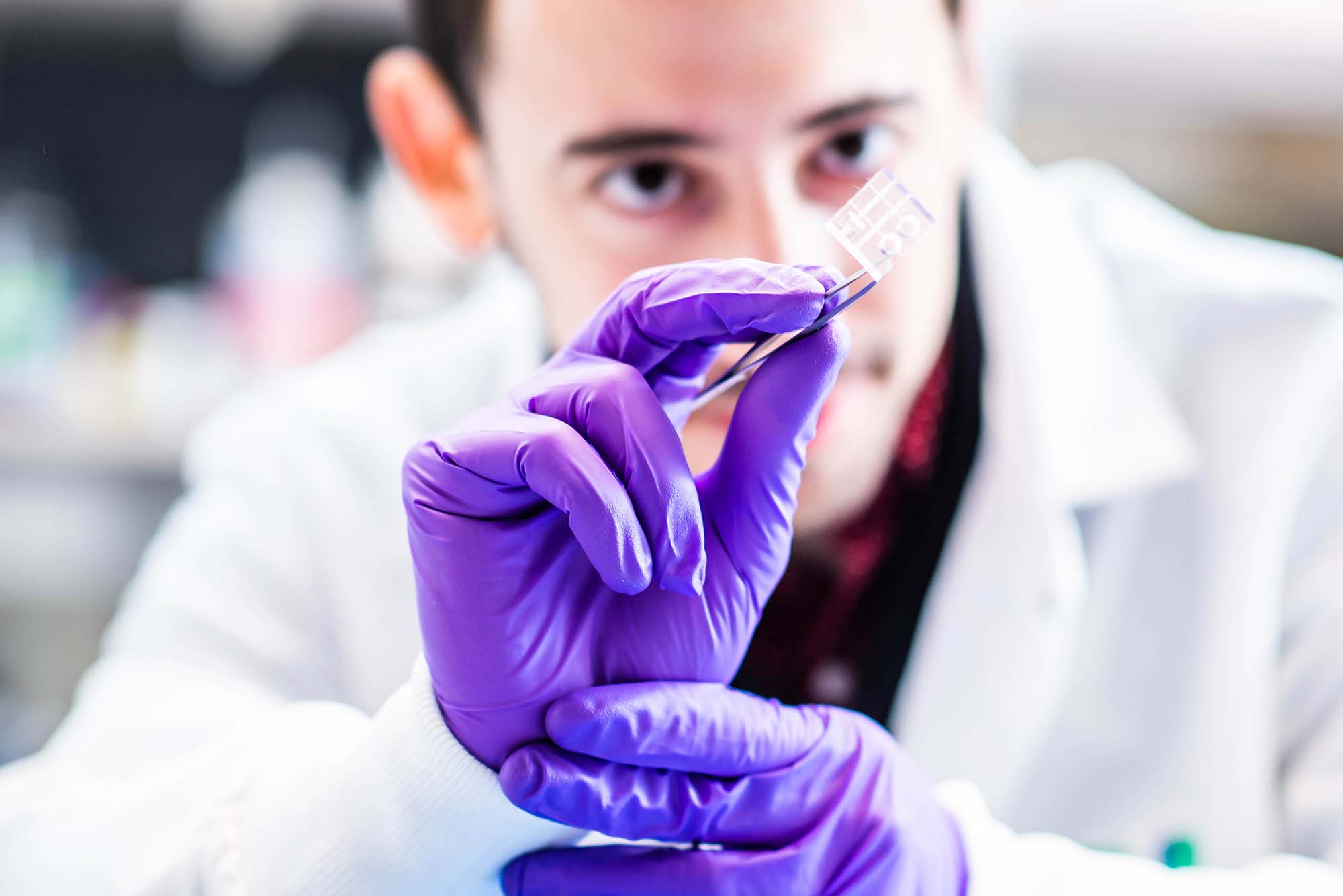
3
It’s only the size of a postage stamp, but a tiny replica of a living heart chamber could have a powerful impact on heart disease treatment. The device—nicknamed miniPUMP—is a combination of nanoengineered parts and human heart tissue grown from stem cells, and it beats just like the real thing. Researchers hope to use it to get a close-up view of heart disease, studying its progression and testing potential new individualized treatments.
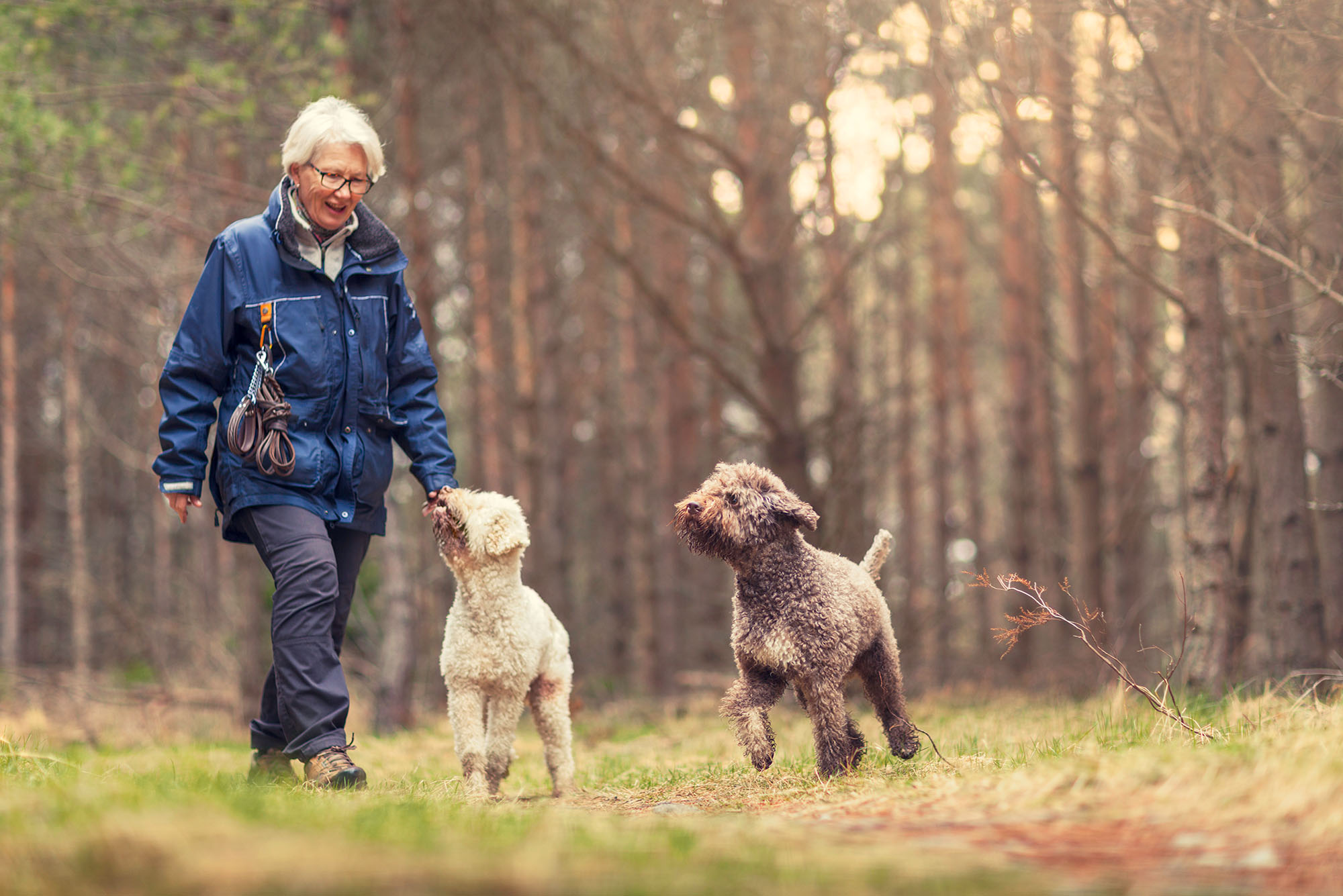
4
A study of nearly 14,000 women with an average age of 61 found that those who had greater exposure to green spaces had higher cognitive function and better mental processing speed and attention. Cognitive function in middle age has been tied to dementia risk. How does living near lots of green spaces keep our gray matter in good shape? According to researchers, it may be because a splash of nature helps us recover from stress and encourages us to socialize—boosting overall mental health.
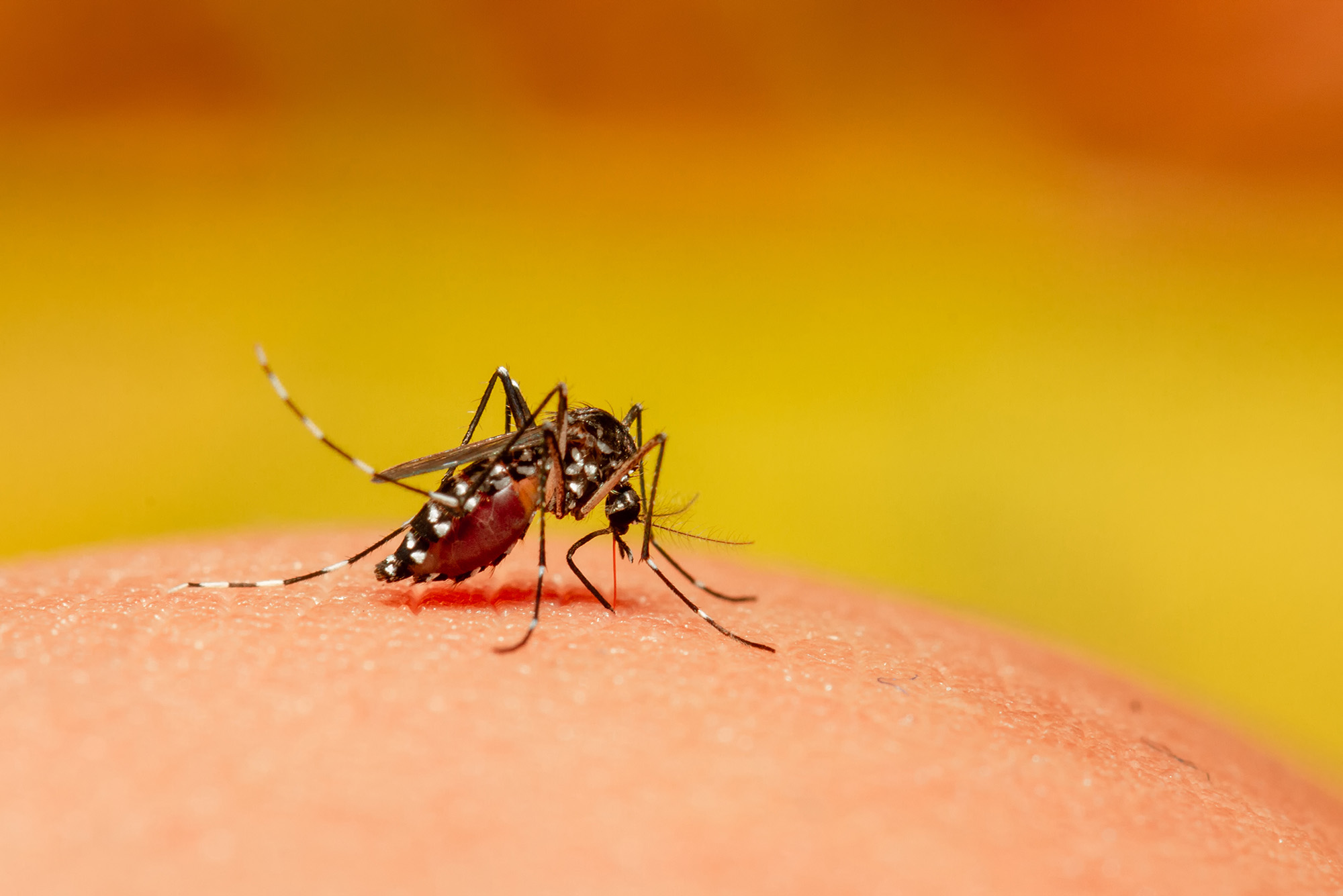
5
When you sniff something, cells in your nose, called olfactory sensory neurons, pick up the scent and send a coded message to your brain, which translates the signal into a distinctive smell, whether fresh apple pie, newly cut grass—or rotting garbage. Mosquitoes are wired differently. Their olfactory neurons each pack multiple sensory receptors, potentially giving them a stronger sense of smell—and a better chance of tracking you down.

6
Back in the mid-19th century, ice was big business in Massachusetts. In 1847, 353 vessels sailed from Boston harbor packed with ice—almost 75,000 tons of it—harvested from local ponds and destined for warmer climes in South America and Asia. And king of the trade was Frederic Tudor, a Boston Brahmin who was the first to ship ice from New England around the world, convinced bars to pop ice cubes in drinks, and died with a fortune equivalent to $200 million. The ice harvesting industry “really transforms what people can grow in certain parts of the country, what consumers have access to in other parts of the country,” says Andrew Robichaud, a BU College of Arts & Sciences assistant professor of history.
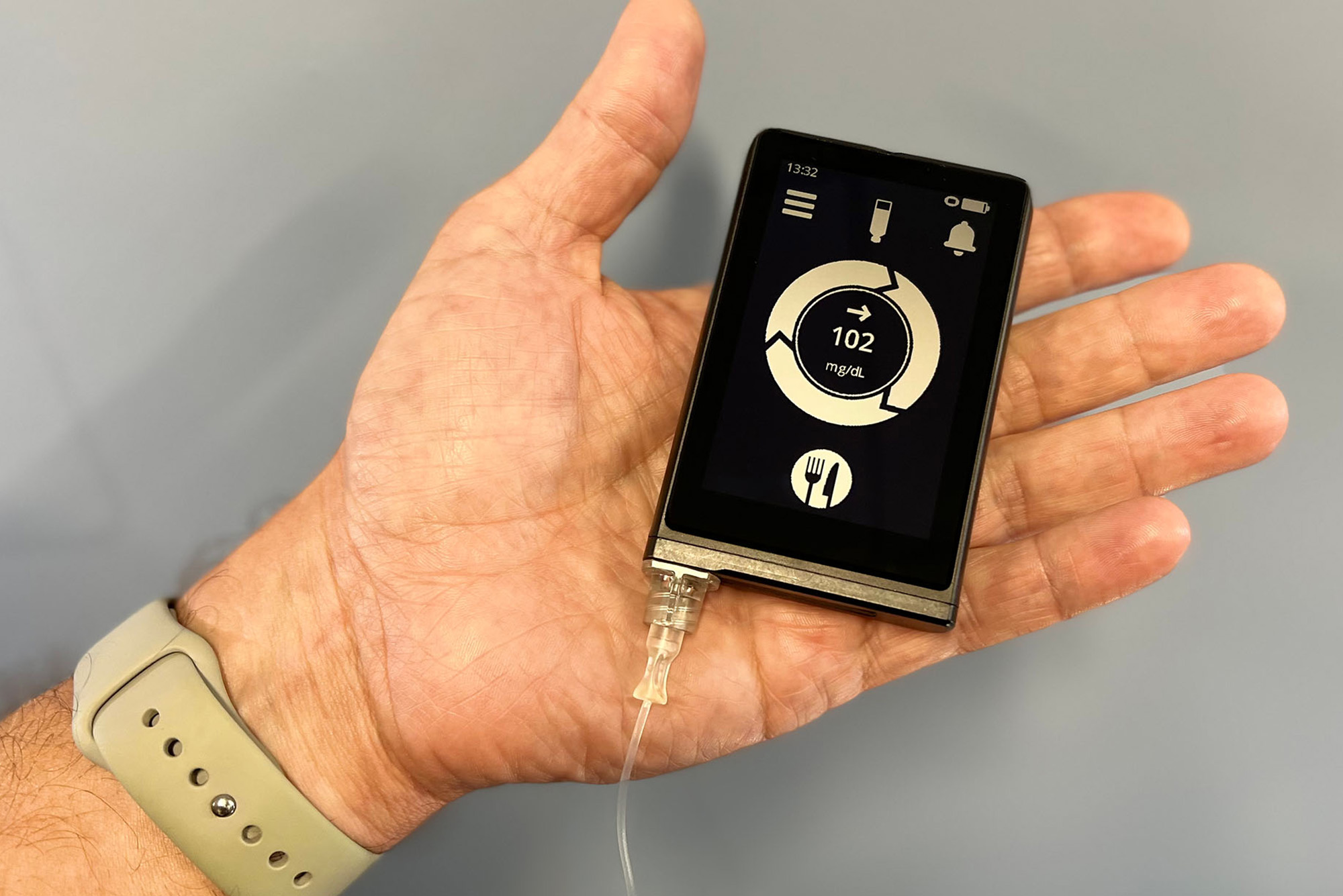
7
For the nearly two million Americans with type 1 diabetes, managing the chronic disease is a 24/7 effort. A new bionic pancreas, invented by BU biomedical engineers, may bring some long-awaited relief. The iLet, which can be worn on a belt clip and automatically delivers tailored doses of insulin every five minutes, was recently found to improve glycated hemoglobin (A1C) levels—a measure of blood glucose control—in adults and children. The device is being developed by Beta Bionics, a public benefit corporation cofounded by Ed Damiano, a BU College of Engineering professor of biomedical engineering.
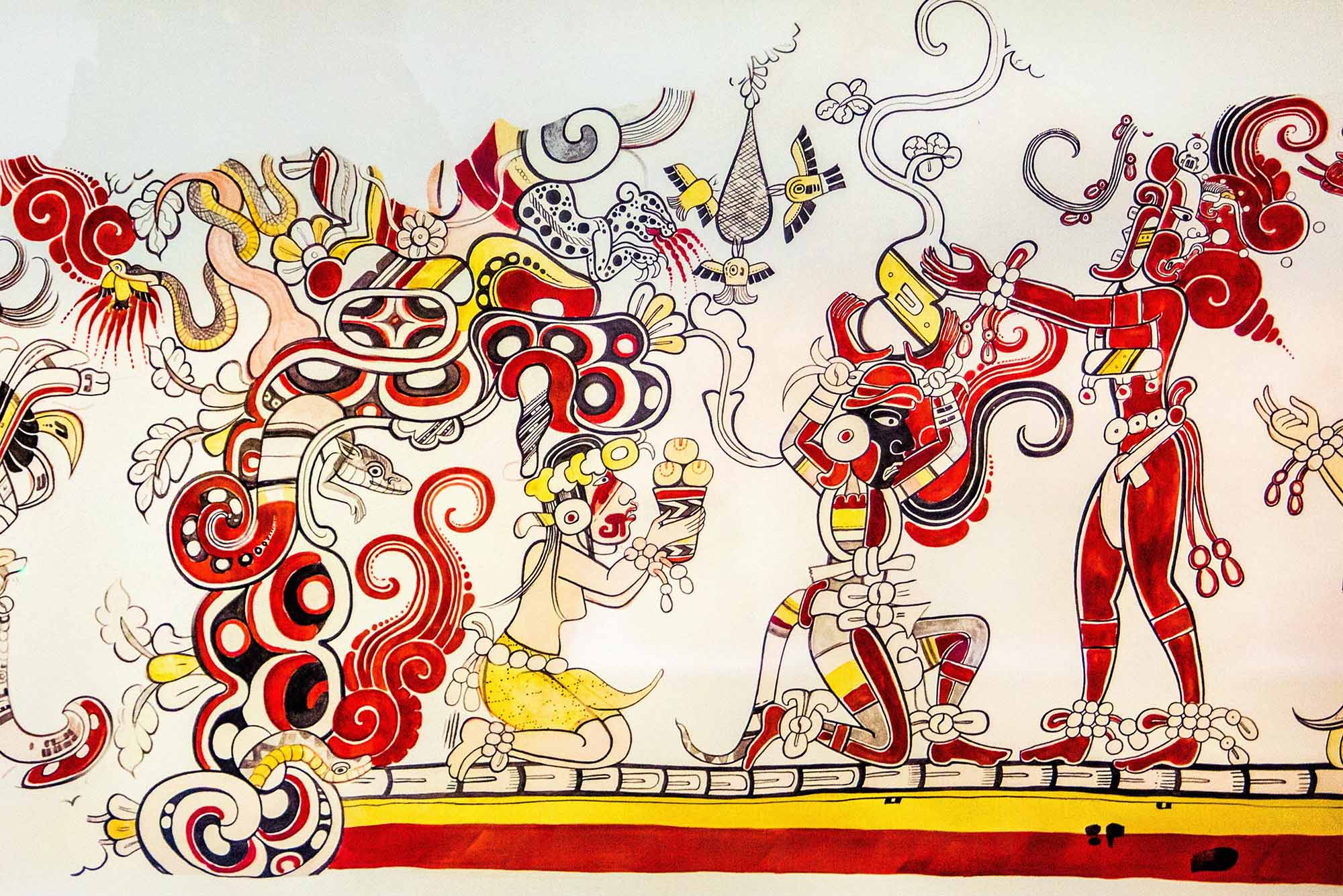
8
More than a millennium after someone dug two holes into the corner of a home in central Guatemala, archaeologists are sifting through the ancient pits to discover the secrets of the long-dead inhabitants’ lives, including their diet and health. Researchers, including John M. Marston, a CAS associate professor of archaeology and of anthropology, found the pits were full of the microscopic byproducts of a cooking process used to turn corn kernels into tamales. They think those byproducts help show the holes were latrines, with the ancient Maya using the water left over from making the traditional masa dish to flush indoor toilets. The findings are “the earliest evidence for toilets in the Maya world,” says Marston.
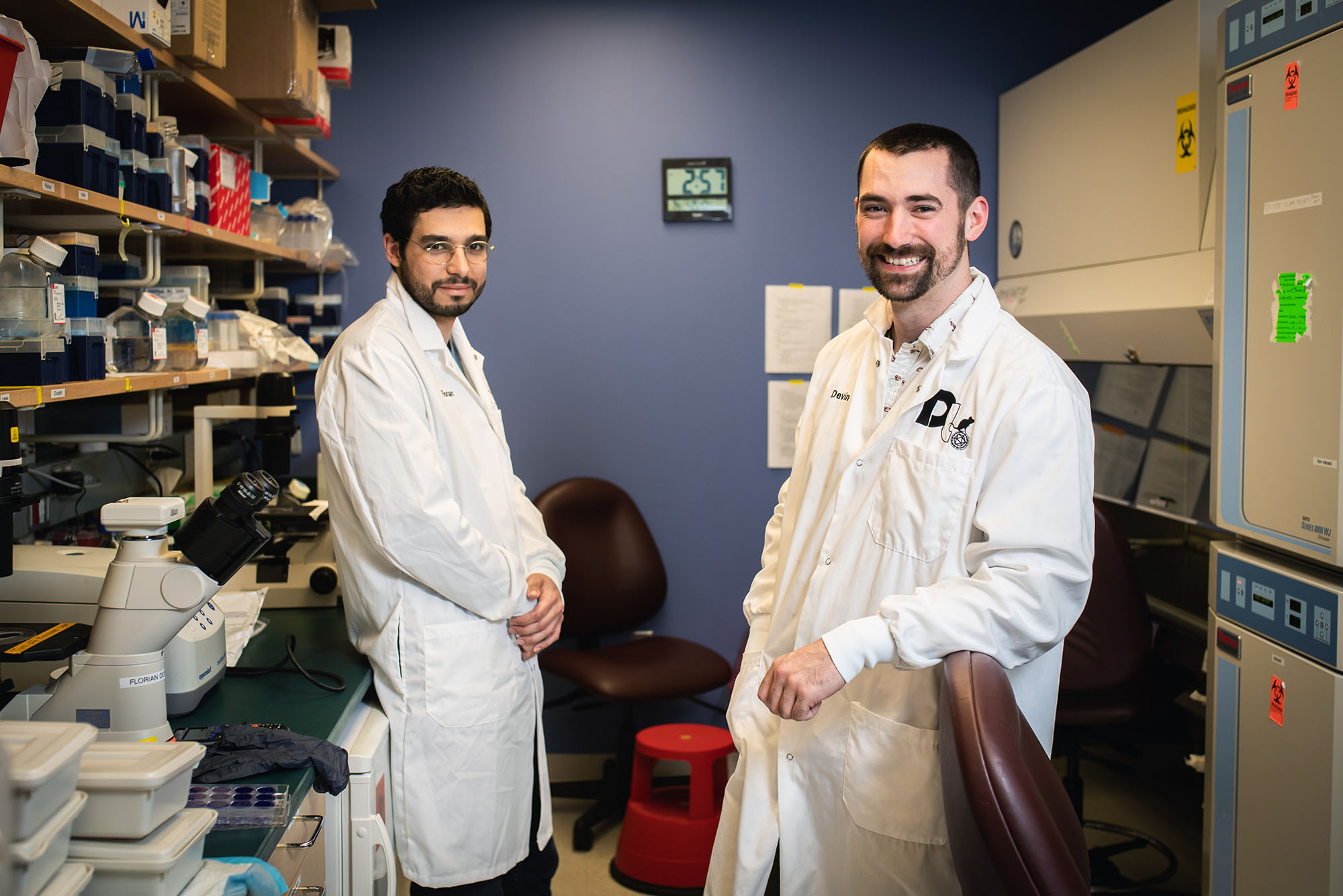
9
In a study of COVID-infected lungs, researchers at BU’s National Emerging Infectious Diseases Laboratories found some immune systems put up a more effective antiviral response than others—and it has a lot to do with how hard a set of “protection-defining genes” are working. Lungs that took a bigger hit tended to have a lack of macrophage (a type of immune cell) diversity, leading to a hyper-inflammatory response and more severe disease. Those that had more macrophage diversity fared better—thanks to that set of 11 genes, which were upregulated, or working harder. Next up for the scientists is figuring out why some people are better equipped to push back against SARS-CoV-2 than others.
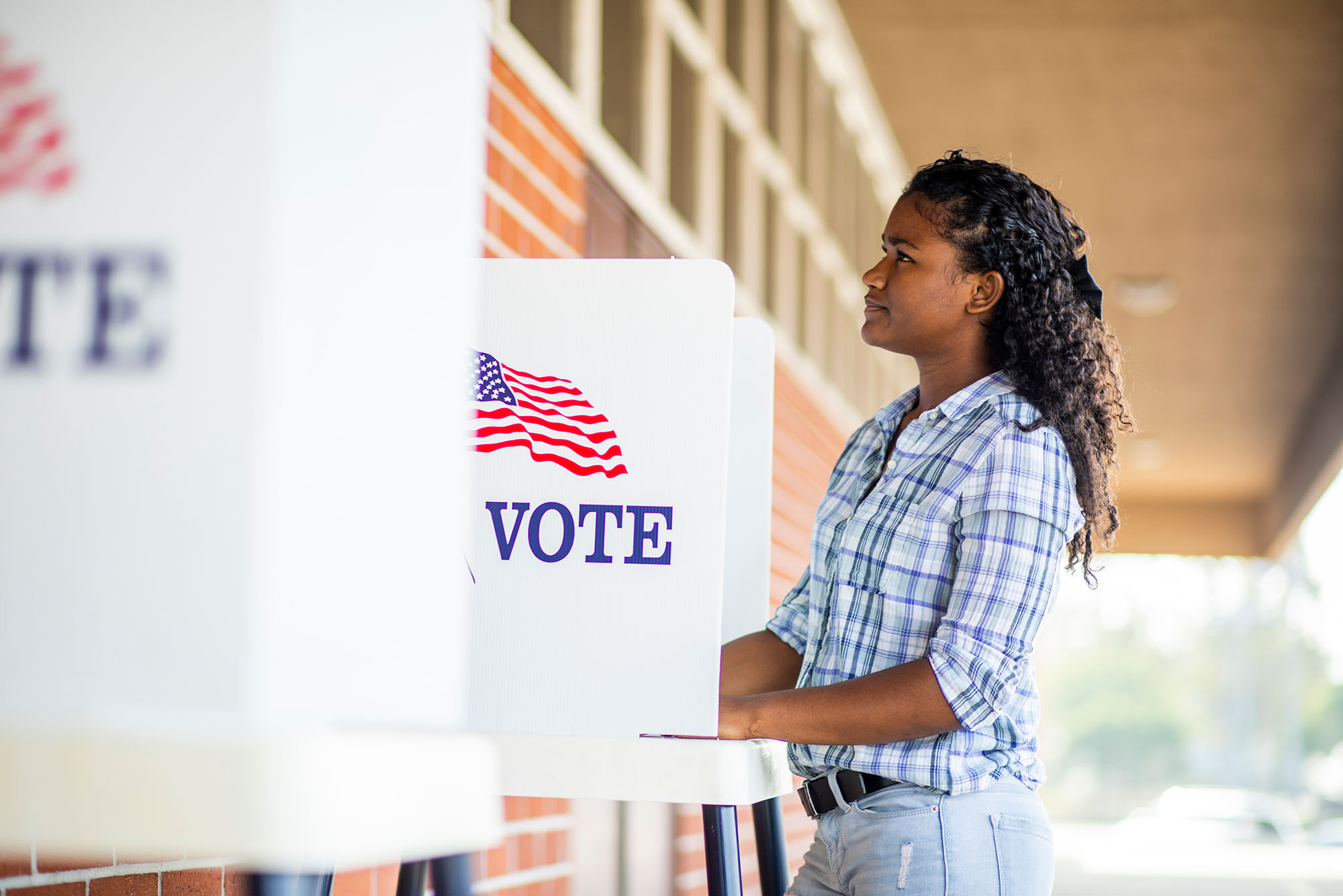
10
Black women voters are full of optimism—just not for themselves. In a study of how African American women’s optimism or pessimism might shape their political participation, Christine Slaughter found they were more optimistic than white men, white women, and African American men about the future of the country—and that their optimism was tied to greater political participation, from signing petitions to voting. But despite their upbeat outlook on the nation’s future, Black women were the most skeptical about their own. Slaughter, a CAS assistant professor of political science, aims to dig into the reasons why, but says there’s a lesson for politicians: optimistic messages might mobilize more voters.
Jessica Colarossi, Amy Laskowski, and Jillian McKoy contributed to this article.

Comments & Discussion
Boston University moderates comments to facilitate an informed, substantive, civil conversation. Abusive, profane, self-promotional, misleading, incoherent or off-topic comments will be rejected. Moderators are staffed during regular business hours (EST) and can only accept comments written in English. Statistics or facts must include a citation or a link to the citation.